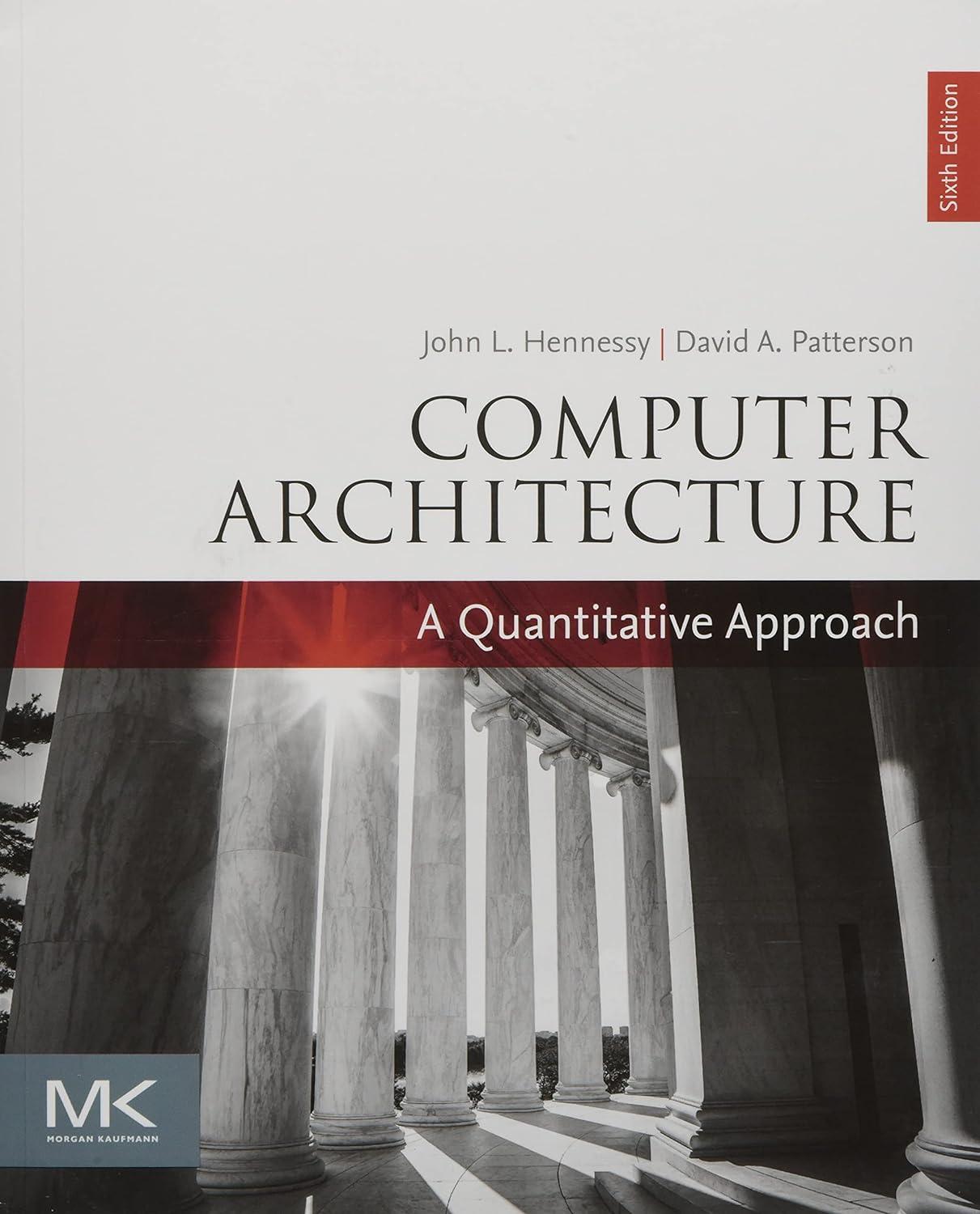Answered step by step
Verified Expert Solution
Question
1 Approved Answer
1) Given a channel with an intended capacity of 20 Mbps, the bandwidth of the channel is 3 MHz. Assuming white thermal noise AWGN (-120
1) Given a channel with an intended capacity of 20 Mbps, the bandwidth of the channel is 3 MHz. Assuming white thermal noise AWGN (-120 dBm), what signal-to-noise ratio is required to achieve this capacity? Q2) Suppose a transmitter produces 50 W of power. a. Express the transmit power in units of dBm and dBW. b. If the transmitter's power is applied to a unity gain antenna with a 900-MHz carrier frequency, what is the received power in dBm at a free space distance of 100 m? c. Repeat (b) for a distance of 10 km. d. Repeat (c) but assume a receiver antenna gain of 2. Q3) A light signal is travelling through a fiber. What is the delay in the signal if the length of the fiber-optic cable is 5 m, 500 m, and 1 Km (assume a propagation speed of 2 x 108 m/s)? Q4) Consider a transmission system using frequency division multiplexing. What cost factors are involved in adding one more pair of stations to the system
Step by Step Solution
There are 3 Steps involved in it
Step: 1
1 To determine the required signaltonoise ratio SNR to achieve a capacity of 20 Mbps on a channel with a bandwidth of 3 MHz we can use the Shannon capacity formula C B log21 SNR Where C is the channel ...
Get Instant Access to Expert-Tailored Solutions
See step-by-step solutions with expert insights and AI powered tools for academic success
Step: 2

Step: 3

Ace Your Homework with AI
Get the answers you need in no time with our AI-driven, step-by-step assistance
Get Started


